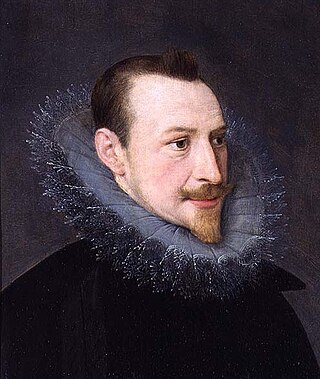Edmund Spenser
English poet (c. 1552 – 1599) From Wikipedia, the free encyclopedia
Remove ads
Edmund Spenser (/ˈspɛnsə/; c. 1552 – 13 January 1599) was a poet from England. He was most known for his poem The Faerie Queene, which talks about different knights who fight against evil. The poem also praises Queen Elizabeth I of England. He wrote also many sonnets and poems. The sonnets were collected under the name of Amoretti.[2]

Edmund Spenser made a new rhyme-scheme for sonnet (abab bcbc cdcd ee) and a nine-line stanza (ababbcbcc).[3] These forms are now called Spenserian sonnet and Spenserian stanza. Spenserian stanza was later used by many poets, among others by George Gordon Byron, Percy Bysshe Shelley, John Keats and Alfred Tennyson.
Remove ads
Sources
Wikiwand - on
Seamless Wikipedia browsing. On steroids.
Remove ads


